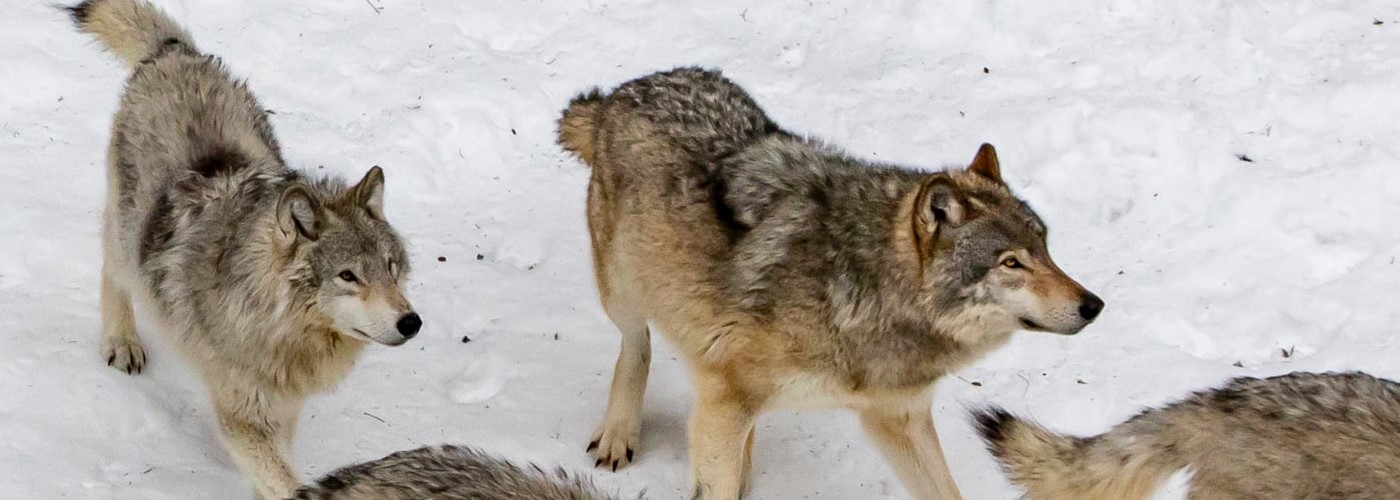

More than 45 years ago, gray wolves were put on the endangered species list and became federally protected. The presidential administration has now removed federal protection of gray wolves across the lower 48 states. Starting January 4 2021, there will be no consequences or fines for trophy hunting and trapping wolves. Congress removed the protection of wolves in Idaho and Montana in 2011 and the Fish and Wildlife Service removed the protection of wolves in Wyoming in 2017. This led to thousands of wolves being killed and halted the recovery of them in the northern Rocky Mountain states. In the Upper Great Lakes region in 2011, they removed the wolf protection but reinstated it in 2014. According to the Interior Secretary, "the gray wolf has exceeded all conservation goals for recovery." and will now be managed by state and tribal governments.
Many wildlife conservation groups last month notified the U.S. Fish and Wildlife Service of its intent to file a lawsuit against this new act that removes the protection of gray wolves. “The presidential administration shut the door to wolf recovery, even as the science shows that wolves are too imperiled and ecologically important to abandon,” said Collette Adkins, carnivore conservation director at the Center for Biological Diversity. “We’re taking the fight to the courts, and I’m confident we can restore the Endangered Species Act’s lifesaving protections for gray wolves across the nation.”
The removal of the gray wolf’s federal protection is unlawful because the species has not recovered in the Pacific Northwest, the southern Rockies and elsewhere that scientists identify as “significant” habitat for the wolf. “It’s perverse to declare wolves fully recovered when they exist in only a fraction of their historic range,” said Adkins. “I’m hopeful that the court will set things right, but in the meantime hundreds of wolves will die, and it will take years to undo the damage done.”